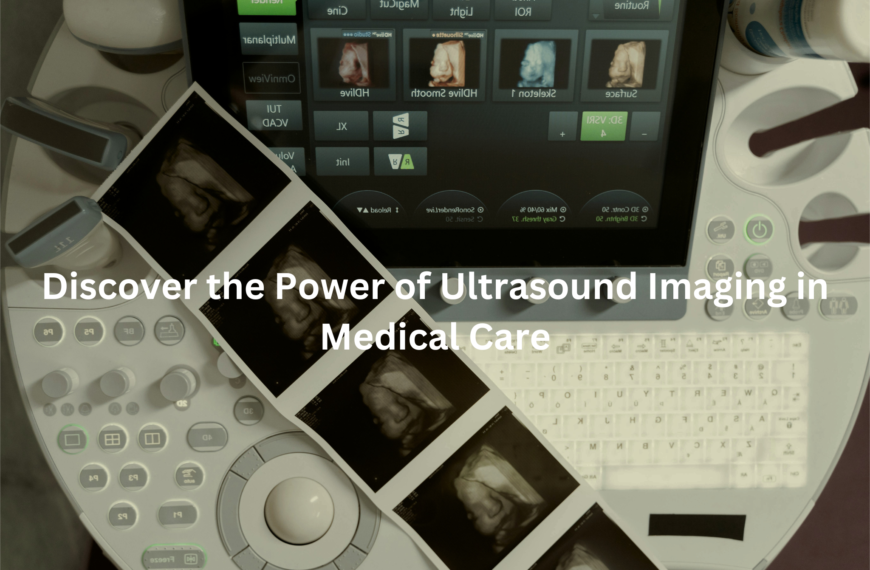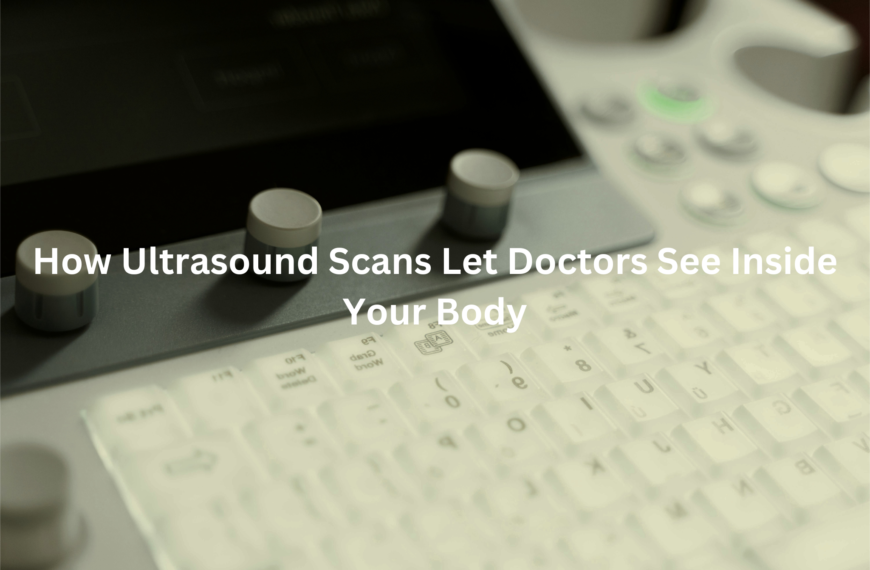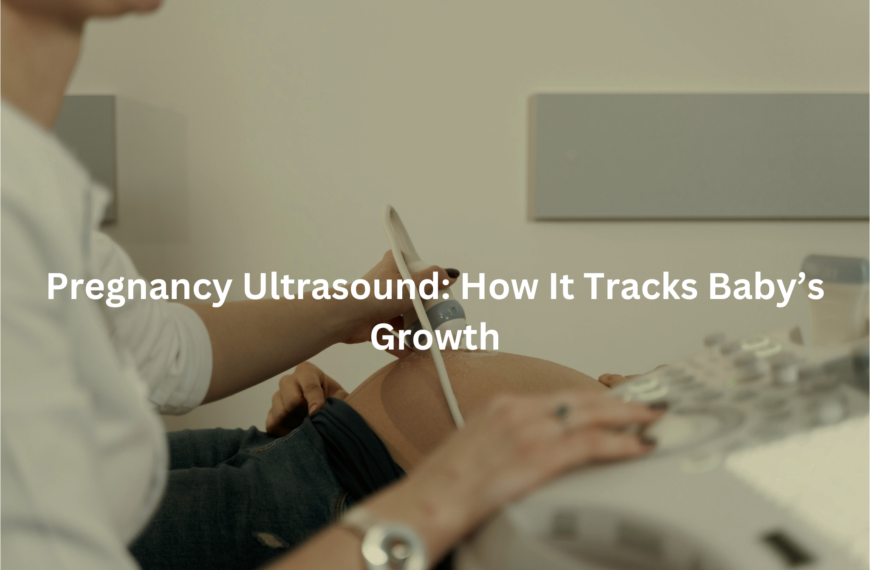Learn how safe bone scans are, potential risks, and simple ways to stay protected during the procedure.
Bone scans are a common nuclear imaging test used to detect bone issues, but are they safe? The short answer is yes—bone scans involve low radiation exposure, and most of the radioactive tracer leaves your body within 24 hours.
While side effects are rare, understanding what to expect and how to reduce risks can help you feel more at ease about the procedure.
Key Takeaways
- Low radiation exposure – The radiation dose is minimal and clears from the body within a day.
- Rare side effects – Allergic reactions and mild discomfort at the injection site are uncommon.
- Breastfeeding precautions – Avoid breastfeeding for one hour after the scan and plan ahead if needed.
Bone Scan Safety & Radiation Exposure
The thing about bone scans – they sound high-tech, maybe even a bit intimidating, but they’re pretty routine. (1)
Low Radiation Dose, Nothing to Stress About
A bone scan works by using a small amount of radioactive tracer to highlight bone activity. The radiation exposure is minimal—comparable to a CT scan—and the body naturally clears most of it within a day.
Key Points:
- The tracer spreads through the bloodstream, attaching to bones.
- Most radiation exits the body within 24 hours.
- Tiny amounts may linger for a few days but pose no risk.
Cancer Risk? Practically Nonexistent
Radiation and cancer—just hearing those words can make people uneasy. But with a bone scan, the risk is extremely low. The radiation dose is far lower than what you’d get from multiple CT scans or long-term exposure in certain jobs.
Key Points:
- Radiation exposure is minimal and well within safe limits.
- Far lower than repeated CT scans.
- No proven long-term health risks from a single scan.
Risks & Side Effects
Allergic Reactions: Rare, But Possible
Most people handle the tracer injection just fine, but allergic reactions are rare. If you have allergies, tell your doctor.
Key Points:
- Allergic reactions are extremely rare but possible.
- Inform your doctor if you have a history of allergies.
Injection Site Discomfort
Most people don’t feel a thing, but minor soreness or bruising can happen—similar to a blood test, nothing major.
Key Points:
- Mild soreness or bruising may occur at the injection site.
- Feels similar to a blood test—quick and manageable.
Pregnancy: Not Recommended
If you’re pregnant or unsure, tell your doctor. Even low radiation isn’t ideal for unborn babies, so bone scans are usually avoided.
Key Points:
- Tell your doctor if you’re pregnant or suspect you might be.
- Bone scans are generally avoided during pregnancy due to radiation exposure.
Breastfeeding & Radiation Precautions
Credits: Mayfair Diagnostics
- Hold Off Breastfeeding for an Hour: If you’re breastfeeding, you’ll need to pause for about an hour after the injection. That’s how long it takes for most of the radiation to clear.
- Plan Ahead: Some mums prefer to express and store milk before the scan. That way, they’ve got a feed ready for the baby without worrying about radiation exposure.
- Limit Close Contact with Young Kids: Not forever – just for the first hour after the injection. If possible, have someone else hold or care for the baby for a little while.
Procedure & Preparation
Bone scans don’t need much prep, but there are a few things to keep in mind.
- No Fasting, No Special Diet: Unlike some medical tests, you don’t need to fast or change your diet. Just turn up as usual.
- Remove Metal Objects: Jewellery, belts, and metal accessories can interfere with the scan. Best to leave them at home or take them off before the test.
- Tell Your Doctor About Allergies & Medical Conditions: If you’ve got any known allergies, kidney issues, or other medical conditions, let your doctor know. It’s not usually a big deal, but better safe than sorry.
What Happens During a Bone Scan?
First, you get an injection of a radiopharmaceutical (sounds fancy, but it’s just a small dose of a radioactive tracer). Then, depending on what they’re checking for, imaging happens in two stages.
- Initial Images (Maybe, Maybe Not): Sometimes they’ll take a few quick images straight after the injection. This helps with diagnosing certain conditions, but not everyone needs it.
- The Waiting Period: After the injection, you’ll need to wait 2–4 hours (for adults) or 1–3 hours (for kids). This gives the tracer time to spread through your bones. You can leave and come back later.
- Delayed Imaging: Once the tracer has done its thing, you’ll lie still on a scanning table while the machine takes images. This part usually takes 30–60 minutes.
Post-Scan Care & Recovery
The scan’s done, but there are a few things you can do to help your body clear the tracer faster.
- Drink Plenty of Fluids: Water helps flush the tracer out of your system. The more you drink, the faster it leaves.
- Go to the Toilet Often: Most of the tracer exits through urine, so it helps to pee frequently. Wash your hands well afterwards (standard hospital advice).
- Get Back to Your Normal Routine: There’s no downtime. You can drive, eat, work – whatever you normally do. The only exception? If your doctor gives specific instructions based on your condition.
Bone Scan vs Other Imaging Tests
People sometimes assume an X-ray or MRI is the same thing. They’re not.
- Bone Scan vs X-ray: X-rays are great for obvious fractures, but they won’t pick up subtle bone damage, infections, or small tumours. Bone scans are much better for that.
- Bone Scan vs MRI & CT Scans: MRIs and CTs give detailed images of soft tissues (muscles, ligaments, organs), while bone scans focus on bone activity. If your doctor suspects a stress fracture, bone infection, or cancer, a bone scan is the go-to. (2)
Conclusion
Got a bone scan coming up? There’s really nothing to stress about. It’s a quick, low-risk test that helps doctors understand what’s happening with your bones.
The tiny amount of radiation used clears from your system fast—just drink plenty of water and go to the loo regularly. If you’re wondering about the results, your doctor will go through everything with you, so you won’t be left guessing.
FAQ
What is a bone scan, and how does it work?
A bone scan is a type of nuclear medicine scan that helps doctors check for abnormal bone activity. It uses a radiotracer injection, which travels through your bloodstream and collects in areas of high bone turnover. These areas, called hot spots, might indicate problems like a stress fracture, bone cancer, or avascular necrosis. Cold spots, where little or no radiotracer collects, can also indicate issues with bone density or blood supply.
Is a bone scan safe?
Yes, a bone scan is generally safe. The radiation exposure is low, similar to other nuclear medicine bone scans. Most of the radiotracer leaves your body within 24 hours. Drinking extra fluids and urinating frequently helps clear it faster. If you have concerns about risk factors, talk to your doctor before the test.
Do I need any special preparation for a bone scan?
No special preparation is usually needed. You can eat and drink as normal. However, if you are pregnant or breast feeding, let your doctor know. If you’re breastfeeding, you may need to pause for a short time after the scan to avoid exposing your baby to small amounts of radiation in breast milk.
Can a bone scan detect a broken bone?
Yes, a bone scan can help identify a broken bone, including occult fractures that may not show up on an X-ray. A three-phase bone scan is sometimes used to get a more detailed view, especially if other imaging tests like magnetic resonance imaging or X-rays don’t provide clear answers.
How is a bone scan different from a bone density scan?
A bone scan checks for abnormal bone activity, while a bone density scan measures bone mineral density to assess osteoporosis risk. If your doctor is checking for conditions like a hip fracture or unexplained bone pain, a bone scan is more useful. A bone density scan, on the other hand, helps assess bone strength and the likelihood of fractures over time.
References
- https://www.insideradiology.com.au/nuclear-medicine-bone-scan/
- https://www.healthline.com/health/bone-scan




